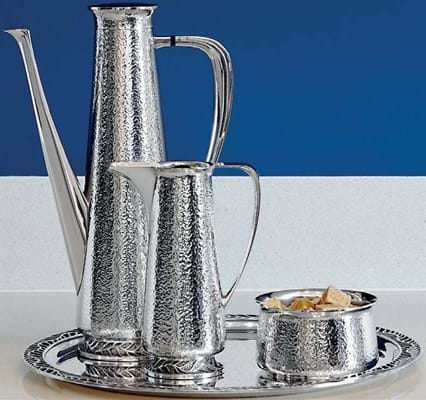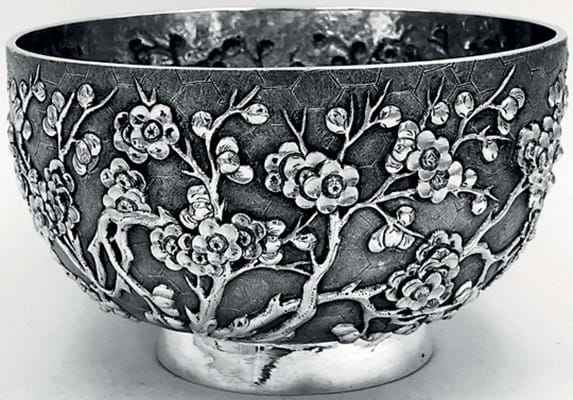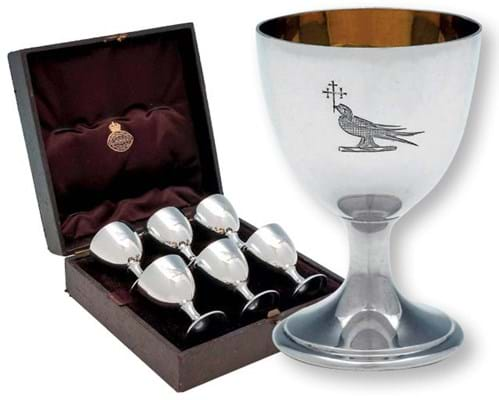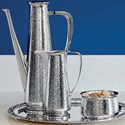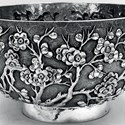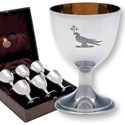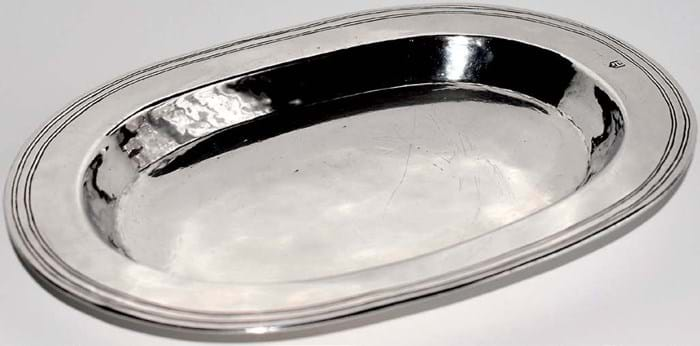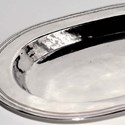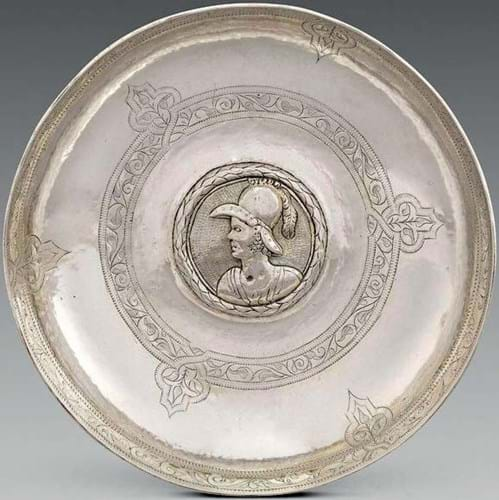The London Silver Vaults on Chancery Lane is among them – welcome news to silver collectors and the 29 independent retailers who work its underground corridors.
Pictured here is a range of silver objects of different periods and price points on offer in the Vaults and beyond.
Auctions including silver sections have been remarkably buoyant during the lockdown but the return of the designated silver sale (such as those at Lawrences of Crewkerne on July 21 or Woolley & Wallis on July 22-23) should take the market into a new gear. With condition, gauge and surface such important considerations to today’s buyer, there is nothing like viewing in person.
English scarcity
Besides the Armada Service in the British Museum (and the two small dishes sold from the Little collection at Christie’s in 2019) almost no early English silver plate survives. Most Tudor domestic forms are known today only through paintings or their pewter ‘sadware’ equivalents.
The utilitarian nature of silver ‘plate’ and the high value of silver bullion meant it was frequently exchanged or reworked for more fashionable wares. Added to this the pressure for money and coin in the civil war, during which almost every plain domestic dish entered the melting pot or was cut up for siege coinage.
This 8in (20cm) dish, made by Edward Harsell, Bristol, c.1600-10, was discovered by dealer Michael Baggott some years ago but he has decided it is time to sell. It almost appeared for sale at the abortive Open Art Fair in Chelsea until, with lockdown approaching, Baggott decided not to set up his stand. “It’s not listed on my website but it is for sale and will be with me at the next big fair – whenever that is,” he says. It is priced in the region of £50,000.
Harsell was working in Bristol in Wine Street alongside other silversmiths such as Humphrey Clovell, who lived only two doors down from him.
Warrior stands out
Also pictured here is a small Elizabeth I tazza with marks for London, 1571 priced in the region of £150,000 by Koopman Rare Art as part of the ‘virtual’ Masterpiece fair. Chased, wrigglework and strapwork decoration is centred with a circular portrait bust medallion of a warrior in a plumed helmet. To the exterior is a later (James I period) presentation inscription Non donum sed donatoremand with the monogram IE and the date 1621.
The exact function of this form (also found in Germany and Holland and in glass) is unclear but evidence points to a likely use as spice dishes; they might have a cover or perhaps one cover between a set. Timothy Schroeder, in The Gilbert Collection of Gold and Silver (1988), writes: “This type of standing bowl, traditionally known as a tazza, was probably used a wine cup or spice plate. The 1574 inventory of the Royal Jewel House lists a number of items apparently similar in appearance to this. Many of the bowls mentioned in the inventory were equipped with covers, in contrast to only six of the 138 spice plates.”
A former owner of this tazza, similar to a pair in the Museum of Fine Arts, Boston dated 1582, was the Bristol antiquary George Weare Brainkenridge (1775-1856).


